Investing in culture real estate
With Yoram Roth, Board Member of NeueHouse and Chairman of Fotografiska
Welcome to The Stanza’s In The Room interview series, designed to make you feel like you’ve just had a very satisfying and insightful coffee chat with an industry leader.
Today’s guest is Yoram Roth, a true culture investor. Yoram is the former chairman of NeueHouse, the premier work-focused membership business in LA and NYC, in addition to being the founder & chairman of Fotografiska, an independent global photography museum. Yoram is also one of the earliest supporters of The Stanza!
Interview highlights:
The business of third spaces
Community vs membership
Combining art and hospitality
Partnering with luxury brands
Advice to aspiring culture investors / entrepreneurs
Thanks for reading this interview and being part of The Stanza. As always, your thoughts and/or questions are welcome in the comments section of this interview.
Both NeueHouse and Fotografiska challenge the current perception of the membership business model in different ways. Walk us through your thought process on how those two models work.
Well, Fotografiska is a museum that’s open to the public, and in 2024 we had over a million visitors throughout our different houses. But we also have an active and quickly growing membership program. It's akin to a museum membership at its basic level, but we introduced a more advanced and tiered offering in 2024. We are seeing remarkable growth, it’s outperforming our expectations and it’s going to be a big part moving forward. We have several tiers, but at its heart the goal for Fotografiska’s membership is to simply give people an opportunity to come back for the numerous exhibitions, our programming, and in some way to have a say. In order to really take root in our various cities we need our programming to reflect our members’ interests.
The words ‘membership’ and ‘community’ are often used interchangeably, but they're very different things. Membership usually focuses on ‘What do I get?’ If I'm a member at a big social club I get access to their space, a reservation at its restaurant, or I get discounts at their hotels, I get to use the spa or the gym, or whatever other perks are available.
‘What do I get’ is a legitimate question to ask, but community is very much about: ‘what can I contribute? I am part of this. I want to do something for us.’ For example: ‘Can I host a talk about psychedelics? What about a workshop on photography? Can I offer meditative sound baths in the morning? What can I contribute to make this community a better thing?’ Community is something you can’t simply create, at best you can seed it and hope that it takes root and grows, but you cannot force it.
NeueHouse is a workspace, but is also a community built around membership - it’s a place to work and grow your career. It’s not just individuals, its companies that set up within NeueHouse, sometimes across different cities. We're very focused on the cultural sector, whether they're companies in art, fashion, music, or streaming, but not limited to the purely creative. If you're a small law firm or a PR firm that caters to those clients, it also makes sense for you to be based at NeueHouse.
We have wonderful programming at NeueHouse, and that's often where the community gets built. We have a nice restaurant where you can have a light lunch, you can invite your clients to come and join you at your place. Lunch is still key to the way we do business in the culture industry. In the evenings we show films in our screening rooms. We have podcast studios that you can book. There’s drinks and talks about all kinds of issues at the end of the day, covering topics like art collecting, or interviews with successful entrepreneurs, or we host listening parties with record labels and their artists. That is what membership is about; it gives you access to these kinds of moments. Then a community develops from that, arising out of the common professional environment and relevant programming.
I’d say that what you’re doing with both of these companies is essentially investing in the intersection of culture and real estate. Can you talk to us more about why you think it's important to invest in this particular intersection?
I think you need a physical space. There is something to be said for having a place where people can gather or simply meet a friend. You know, we are seeing an opportunity to grow our community for Fotografiska online; and we are reaching out beyond our houses. But ultimately, you need a place where you can come together. The same is true for NeueHouse. In business you can have endless Zoom calls, but at some point you need to sit around a table. Sometimes it’s in a conference room, and sometimes it’s over a meal.
It goes back to this conversation about third places. You have a place that is your home, and you have a place where you work. Where else are you spending time?
Having this place that you can come to after work, to meet like-minded people is a powerful thing. You still need that physicality to start with. Fotografiska has attracted a very well-educated, younger, culturally curious audience. It tends to be people who have moved to the big city to start a career. Ironically, these are often the same kind of people who work at NeueHouse, so I know that profile pretty well. They may know two or three people from their hometown, but they're not necessarily on the same wavelength. And then you've got friends from the office but those are work friends, so how do you meet new people? In high school, we're practically given our friends, in college they come naturally, but once you're in the professional world, it takes a commitment and an effort to make new friends. And sometimes you even meet a future business partner, or someone you fall in love with.
The idea for Fotografiska is to have a place where you know you're going to be surrounded by people that have a lot of shared interests - they're culturally curious, they are interested in the arts, they enjoy having a glass of wine and having a good conversation. There are different kinds of affinity communities and Fotografiska draws that art-interested cultural crowd. And we see that success. Even with this relatively new program we’re poised to hit over 10,000 members.
What you're saying is interesting because these are not businesses that are social clubs in the traditional sense. And the perception today, when you think of a “members’ club”, you immediately think of Soho House.
Yeah, we are different, NeueHouse is about work, and Fotografiska is about art and culture, whereas most social clubs are about dinner and drinks and a well-decorated space. There is the model of the social club that has worked really well and I think will continue to do so, and I don't think there's anything wrong with that. I think people want to spend time amongst themselves and this idea of limiting it to like-minded people is kind of cool, right?
Because if something becomes super popular and suddenly it's overrun by other people that you don't recognize then you stop going. And we've seen that with restaurants, or certain clubs for instance, where they're super successful and suddenly everybody visiting who follows the right influencer is trying to get in. It's no longer yours. And I wish all those people all the success in the world, they deserve it. But it's not yours anymore. It’s a place with perks, but it’s not a community.
There are other reasons to join a membership group, like certain hobbies, spirituality, a sport, or career verticals, or at least there's a real opportunity to do so for the first time as this business is growing and better understood. I think you have to mean it to start such a group, you have to be serious about it. If you’re going to just call a subscription a ‘membership’, or if it’s just about utility it’s not going to work, unless it’s a wellness thing maybe like a high-end gym.
Nomenclature matters. If you're going to build a membership business, it has to mean something to you, and you have to want that. It's not “you just need a place to work”, there's plenty of other workspaces that can offer you a desk with a designer chair, a good lamp and decent Wi-Fi. You don't need NeueHouse house for that. Becoming a member at NeueHouse is about seeing the opportunity for your career, for your company to attract highly talented people, to be part of an ecosystem that is focused on the same space that you are.
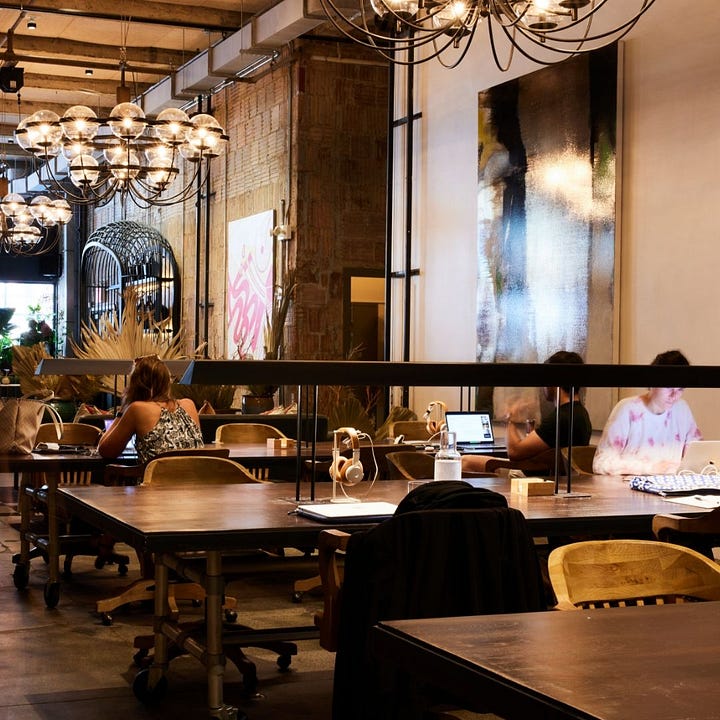
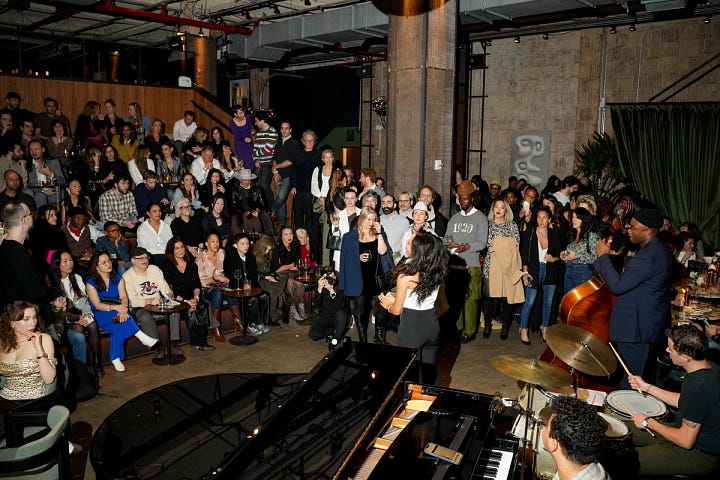
Let's talk about the hospitality element here because I think that's essentially what differentiates NeueHouse versus WeWork, the incumbent co-working company. We've talked about how it's really hard to execute hospitality well, especially in the long run. And as someone who's been investing and operating these types of spaces for several years, what do you think works and what do you think doesn't work?
Right, absolutely.
There's a professionalism around hospitality that is important and it has enabled certain scalabilities as we measure what we do. You have to include hospitality, it’s more than just a proxy play for renting square feet. You have to like people. All the MBA’s talk about KPIs and NPS, and endlessly fine-tuning costs to hit profitability as soon as possible matters obviously, but you still have to actually want to be in hospitality, and that means including a food & beverage component. I would advise against outsourcing that. It’s a feature, not a bug. Just like in the hotel world there is anything from two to five stars, and above a certain price point a vending machine in the hallway is not good enough. Getting the experience right, getting the brand established matters. However, if you’re serious you can build a remarkable hospitality business in this new membership segment that goes beyond simply providing a workspace or serving drinks. In aggregate it’s a whole new aspect of the hospitality industry that has hit critical mass and is understood as part of modern city life.
You have to want to welcome guests. For me, the joy of being at NeueHouse is that I can walk in anytime, any day, and would gladly sit down to lunch with any of our members and spend time with them, to learn from them or just simply hang out. Hiring is key, you have to build a team that likes people, and it’s no surprise that so much of our leadership comes from the hotel side.
I think the short answer is: you can't fake it. You have to actually want to do it.
Is there a particular city out that you think is exciting for hospitality?
I often think that these secondary markets are actually a better opportunity because they are so underserved. Everybody who starts something wants to do it in New York or London. They all want to go to the same cities. We ultimately backed out of our Miami projects because real estate costs spiraled during COVID there. Now every workspace and every social club has opened in Miami. I don't know how they're making that work down there. There aren’t that many people there. But then if you go to Atlanta, Philly, Houston, or Boston, or if you go to Oslo, Munich, or Milan you really have a grateful audience that is excited to have you come to town and build our kinds of membership communities there.
The independent museum model of Fotografiska challenges the typical museum experience that one would expect today. What was the impetus behind making that decision to make Fotografiska an independent museum?
Being independent is key, as cultural budget cuts happen in the major cities, it’s good to be neither reliant on government funding nor donations. No one is dictating or influencing our programming, but it does mean we have to be entrepreneurial. I have been in cultural investment and photography all my life. Photography for me was a love and a hobby. I studied it in college and kept it up as a hobby. The first business I founded was a techno label coming out of the Berlin club scene. Later I took over a number of hotel investments that I was able to turn around and I fell in love with that business. That's where I discovered early on that I like people, and how to build that into a career. Everything I’ve been in has been about culture, or how people spend time with each other.
I like having an offering I can improve on a little bit every day. I'm the kind of guy who rearranges books in the shop or the flowers at the front desk. I took time off after I sold the hotels and went back into photography and really wanted to take a crack at being an artist, but the entrepreneur in me sort of got the best of me. I was like - okay, how does all of this work? How do museums work? How do fairs work? How do galleries work? I wanted to understand their motivation, their impetus.
It became clear that there's an underserved opportunity. There's a lot of people who like art, but that doesn't mean they're necessarily there to buy the art. They just want to spend time around it. That's why big fairs have thousands of people that come through and buy tickets. The idea of mixing that, of having a moment where you can look at art, have a glass of wine, and be on a date and maybe get a bite or come and listen to an artist talk works as a more permanent institution than just a three-day fair.
Now, you have to take it really seriously. In terms of photography museums, we are the leading global institution. Our exhibitions are remarkable, and we've done this for 15 years with every major artist in the world, from the big names to emerging talents. In 2024 we mounted fifty-two exhibitions across our five museums. We've shown the biggest art stars but also artists that have never even had a gallery show, never mind a museum presentation. That constantly changing exhibition program creates a cultural moment that you can come back to. A lot of museums have their permanent collection, and that’s quite impressive when you see it the first time. If your best friend comes to town you might go and see it again, but you're definitely not going back every month. You have no reason to go back regularly. We see that with the big-name museums, but also some of the more immersive houses that have risen and sunk back into obscurity since the pandemic. You have to keep it fresh and keep mounting new exhibitions. As museums we don’t compete with each other, we compete with Netflix, and the Xbox, and TikTok, meaning we actually have to get people off the couch, and back into city life. That requires a compelling offering across various types of exhibitions. Each museum has at least four exhibitions on view at any time, from highly conceptual contemporary art to themed group shows like our 50 Years of Hip-Hop exhibition. And then you have to be open late, when people actually have time. We’re open till 11 o clock at night.
I took all of these experiences that I've had, which is photography and the business of art and this desire to be in hospitality. Then I met Fotografiska and saw that they're doing exactly what I've been talking about in a small way in Stockholm. The opportunity to apply some business skills and experience as well as relationships, adding brand partnerships and membership, and then really scaling it up has given me my life’s mission.
Tell us more about your brand partnerships strategy.
We have been quite successful with various partnerships, but where we really are seeing success is with partnerships that help underwrite our exhibition programming at Fotografiska. It has given brands an opportunity to create unique moments for their clients or to participate in topics that are also important to them.
We opened Fotografiska Shanghai together with Louis Vuitton. They had a huge pop-up in our space celebrating photography and art. One of our opening artists was Feng Li who had shot a number of campaigns for Louis Vuitton. We're a trusted counterparty to a lot of these luxury brands. It's exactly this kind of interplay that you see when you go to the major art fairs.
If you go to Basel or Frieze, you will see global luxury brands represented there because that's how you get in front of a potential future customer, or offer something unique to those you already have. Whether you're Breguet or Breitling, people aren't picking up magazines to look at ads. They're not clicking on ads on social media and God knows they're not watching ad-supported TV. So, how do you have this opportunity to get a potential customer in front of what you offer? The visitors going to these fairs are culturally interested, appreciate traveling and good food, and will really understand a luxury product.
At NeueHouse we have been successful at matching partners with programming. Whether it’s a series of talks, or a listening party, there are brands that understand our community and see it as a good match, whereas our members trust that we’re not going to spam them with irrelevant stuff.
That's such a good point, and especially not only getting in front of customers, but also creating a certain perception. For example, LVMH definitely wants to be perceived as a patron of the arts. That's a huge part of their brand strategy.
Going even a step further, Bernard Arnault was quoted in an earnings call last year, in which he said that Louis Vuitton is not a luxury fashion brand. It is a cultural brand. I don't know if people heard that, but that's a seismic shift. I think that may have gone over people's heads. For the company internally to say to themselves, ‘we are a culture brand’ is a huge moment.
What's your most controversial opinion on the state of members clubs today?
I just think there's a lot of buzzword compliance. I think people are using the word ‘community’ incorrectly. People have been using the word ‘membership’ in a way that they don't understand.
In LA, there must have been thirty different membership clubs at some point. I'm like, why? Just because you have a cool space? You have to give people a reason to be part of something, it can’t simply be a fancy restaurant. Yes, the space matters, but you have to be really hands on, you have to understand who your members are, and then you have to provide programming that has meaning for them, that ultimately gives them that third place. I think that matters.
I guess my other controversial take, though this is primarily about Berlin, is that the museums here need to start taking some fiscal responsibility. Berlin has the highest cultural budget in the world, even after the proposed 10% cuts that are coming. The museums need to learn to find some underwriters. English museums are free to visitors to their permanent collections yet only receive 23% of their budget from government sources. Every expense in Berlin is justified by arguing that it drives tourism, but if you ask the museum people what their visitor mix looks like they have no idea who is walking in the door. And honestly you can feel that they don’t care, it’s almost like any form of hospitality is beneath them.
As someone who has had a very unconventional yet fruitful career path, what advice would you give to aspiring culture investors / entrepreneurs?
This is where Fotografiska and NeueHouse are different. NeueHouse has immediate scalability and growth opportunity, whereas Fotografiska works on a case-by-case basis. If you want to raise capital from private equity or from venture capital, then you're going to need to provide an exit strategy. And I don't know that a museum group is the kind of business that should be PE backed, unless it fits in the context of a larger portfolio. Fotografiska’s strength is in attracting hundreds of thousands of visitors to each of our museums, so that’s really compelling to real estate investors looking to drive a large audience. Where we see real growth is in the licensing the brand to local operators, where we provide the brand, the exhibitions, the membership experience starting with the outreach to the local community, and such mundane but important aspects as big tech stack that’s required or the marketing and communications skill. The local operator assumes the CapEx and the start-up OpEx. I guess my advice is to be laser-focused on getting the experience right, because people don’t give you a second chance.
NeueHouse, on the other hand, is a super-hot brand right now and we constantly have incoming requests. We see a real opportunity to grow the business, especially in this drastically changed real estate business environment. There are a number of groups reaching out to us, whether it’s hospitality groups, real estate operators, or focused property funds. There’s a real buzz, it’s fun to have this great brand that is hitting its stride. The way we work is changing, and the professionalism that is committed to this new field is quite interesting to me. There are some smart operators out there, I am learning more every day. My advice is to look at the really good hospitality brands. Build a strong team. It takes people who like people, it’s still a touch-feel business. If you just want hard numbers stay in pure real estate. Commercial work uniforms and Louis Vuitton may both make apparel, but they’re very different versions of that. There’s office space, there’s work space companies, and then there’s something like what we do. I’m grateful for all the people who run NeueHouse, and the team that leads Fotografiska.


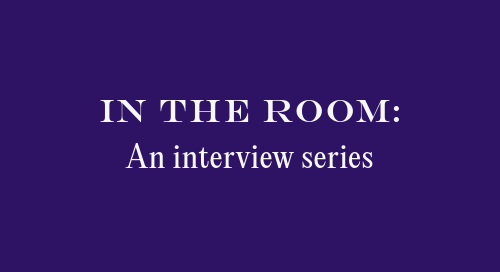


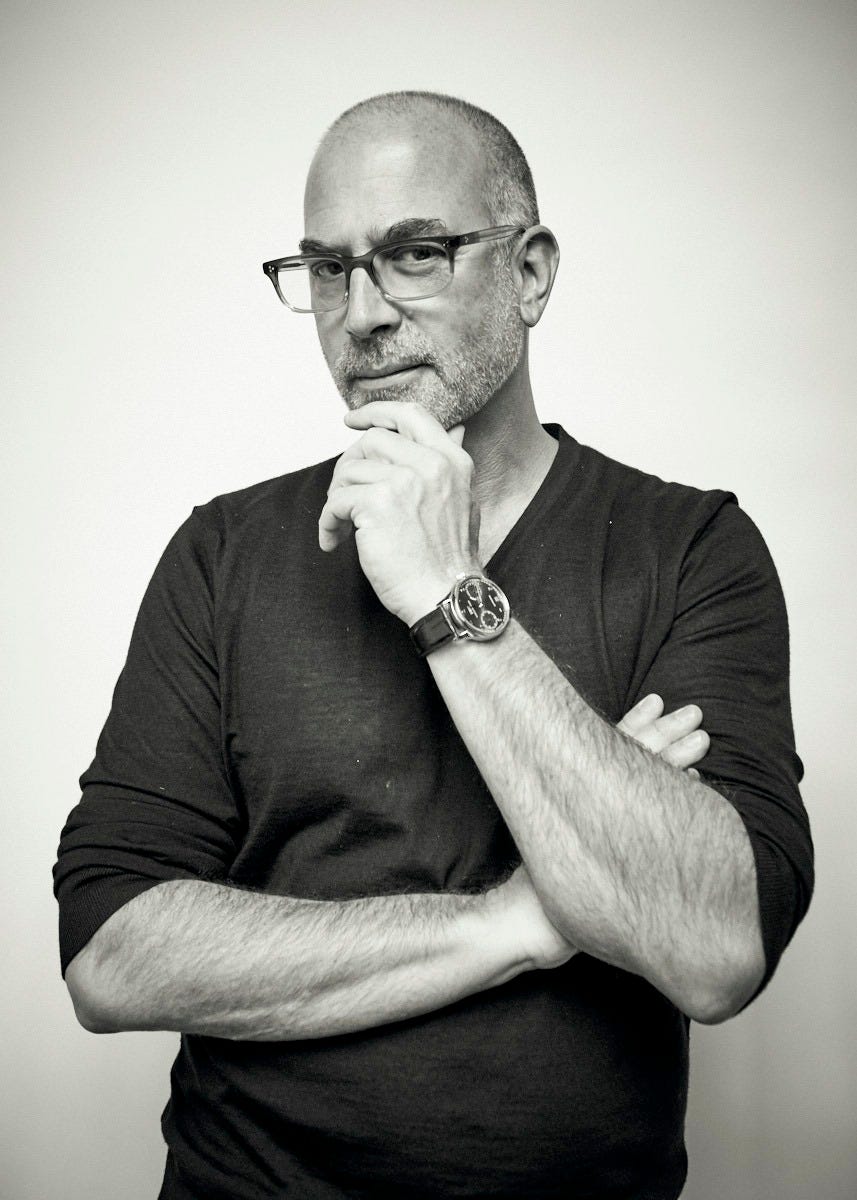
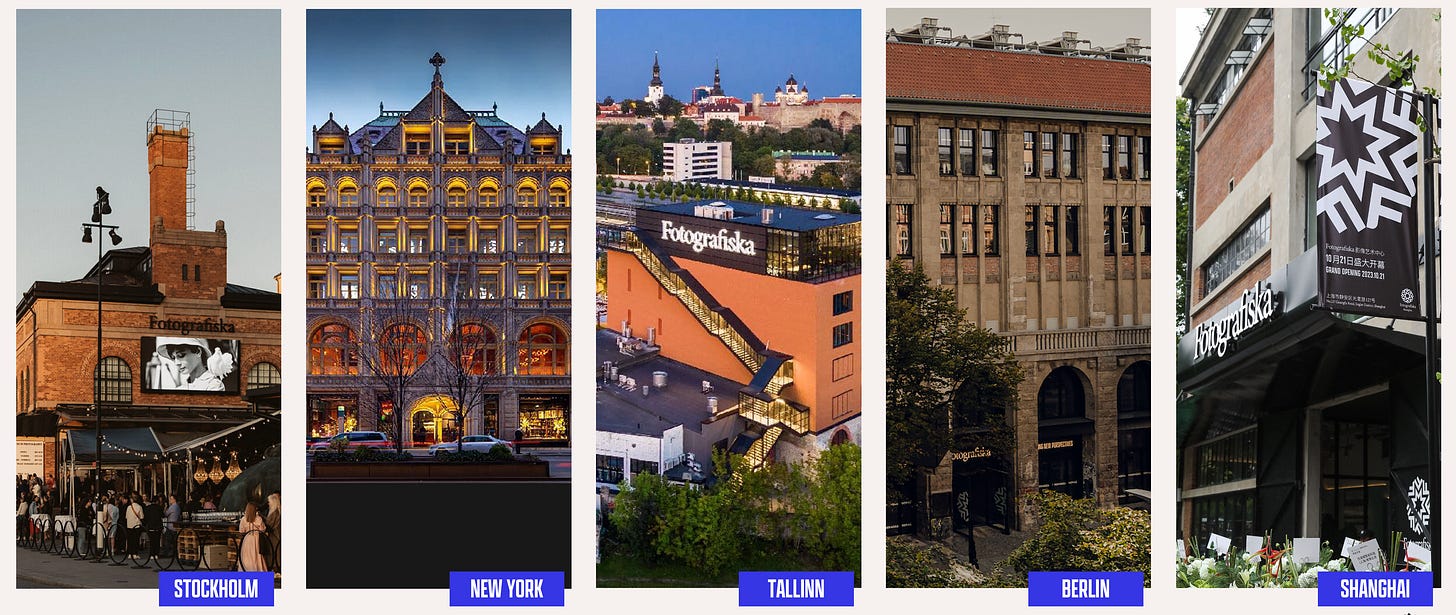
Love!